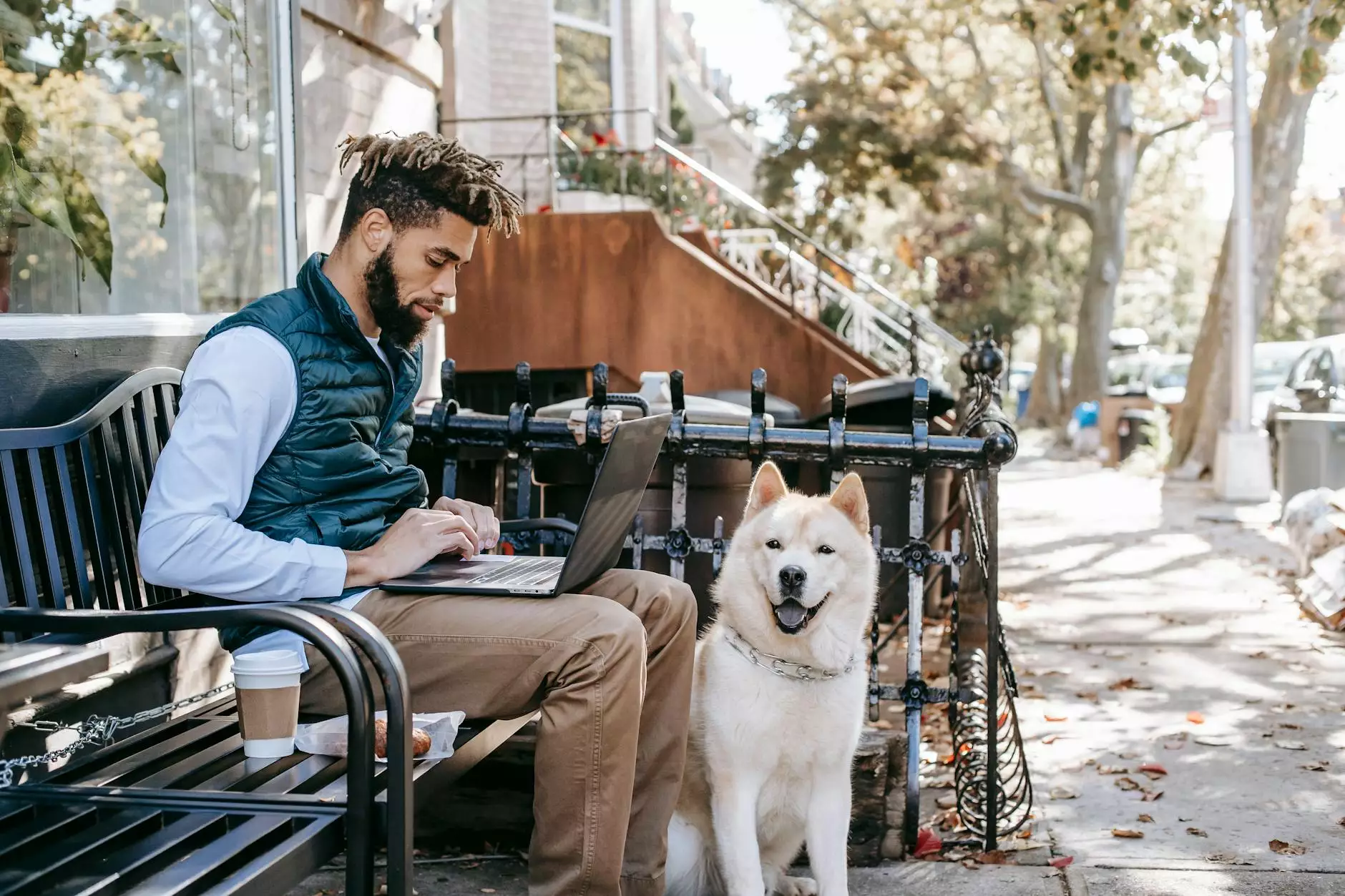How Separation Anxiety Affects Your Pet And What You Can Do About It
Dog Care
Understanding Separation Anxiety in Pets
Separation anxiety is a common issue that can greatly affect our beloved pets. Many animals, including dogs and cats, form strong bonds with their owners, making it challenging for them to cope when left alone. This anxiety can manifest in various ways, such as excessive barking, destructive behavior, house soiling, and even self-harm.
It is essential for pet owners to be aware of the signs and symptoms of separation anxiety, as early detection can help prevent the situation from worsening. Some common signs include constant pacing, restlessness, excessive drooling, and attempts to escape from confinement.
The Impact on Your Pet's Well-Being
The emotional distress caused by separation anxiety can have a significant impact on your pet's overall well-being. Imagine the panic and fear your furry friend experiences when they are left alone for prolonged periods. This chronic stress can lead to physical and psychological health issues, including loss of appetite, weight loss, depression, and even aggression.
Recognizing and addressing separation anxiety is crucial for ensuring the long-term happiness and health of your pet. By understanding the causes and implementing appropriate strategies, you can help alleviate their distress and provide them with a sense of security.
Effective Strategies to Help Your Pet
Fortunately, there are several proven techniques and strategies to help manage and reduce separation anxiety in pets. Here are some practical tips:
- Gradual Departures and Arrivals: Gradually introduce periods of alone time for your pet. Start with short durations and gradually increase the length over time. Make sure to remain calm and avoid displaying overly emotional behavior during departures and arrivals. This can help your pet understand that being alone is a normal part of their routine.
- Create a Safe and Comfortable Space: Designate a specific area in your home where your pet can feel secure when you're not around. Include their bed, toys, and other familiar items to create a cozy environment. Consider using pheromone diffusers or calming music to help reduce anxiety.
- Positive Reinforcement Training: Use positive reinforcement techniques to reward your pet for calm and relaxed behavior. Engage in activities that promote mental stimulation, such as puzzle toys or treat-dispensing devices, to keep them occupied and entertained when alone.
- Seek Professional Help: In severe cases, it may be beneficial to consult a professional animal behaviorist or trainer. They can provide specialized guidance and develop a customized approach to address your pet's specific needs.
- Socializing and Exercise: Regular exercise and socializing are essential for your pet's well-being. Engage in daily walks, interactive play sessions, and consider enrolling them in obedience classes or doggy daycare to help alleviate anxiety and build their confidence.
Conclusion
Separation anxiety can have a profound impact on your pet's happiness and overall quality of life. However, with patience, understanding, and the implementation of effective strategies, you can help alleviate their distress and create a sense of security when you're not around.
Remember, every pet is unique, and it may take time to find the right approach that works for your furry friend. Be consistent, provide them with plenty of love and reassurance, and consider seeking professional help if needed.
At Wisconsin Adventures, we understand the importance of your pet's well-being. Our experienced team is dedicated to providing helpful resources and guidance to ensure that your furry companion can enjoy the adventures of life to the fullest, even when facing separation anxiety.









